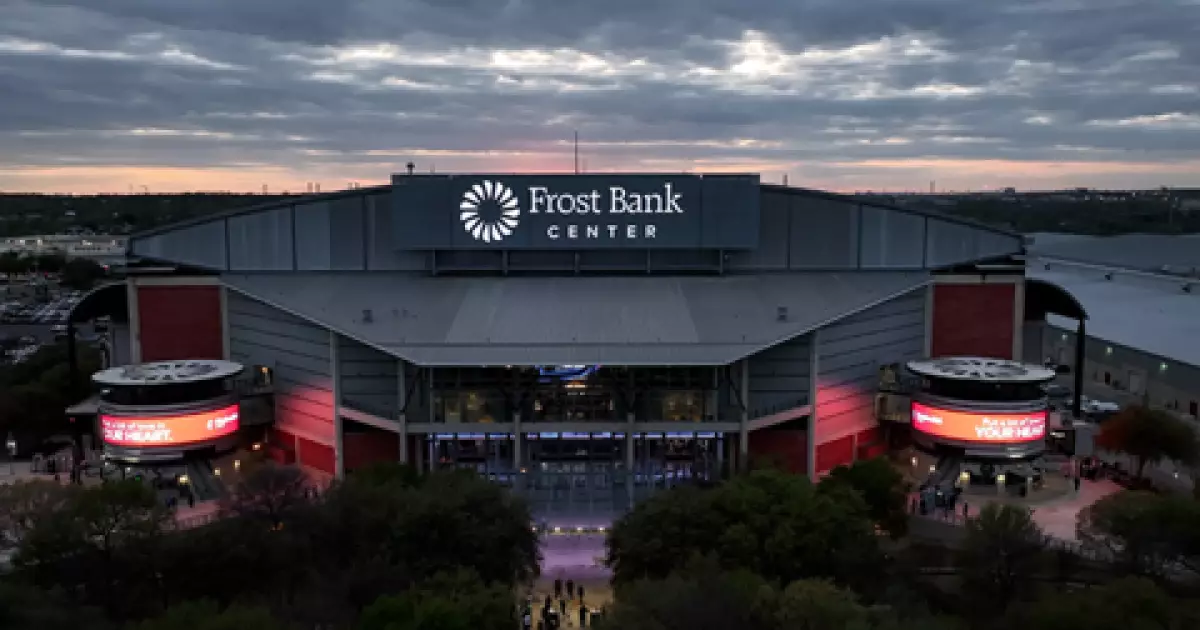San Antonio’s ambitious plan to construct a new downtown arena for the Spurs promises economic revitalization and a modernized city center. However, beneath the surface of optimism lies a troubling reality: such projects rarely deliver the promised economic boom. City leaders tout increased tourism, job creation, and higher tax revenues, yet historical data and independent analyses suggest these claims are often overstated or outright misleading. It’s important to scrutinize whether this $1.3 billion investment truly benefits the broader community or primarily serves the interests of wealthy stakeholders and a sports franchise intent on safeguarding its assets.
The belief that sports venues act as economic catalysts is a well-entrenched myth. Cities across the nation have poured billions into new arenas, expecting a surge in economic activity. The reality? Many studies show that these venues often operate as economic anchors in name only, diverting public funds from essential public services to subsidize private enterprises. With a significant portion of the funding, including $489 million from taxpayers, at stake, San Antonio risks footing a bill that future budgets may struggle to sustain, especially if anticipated revenue streams do not materialize as projected.
The Problem of Voter Dependency and Transparency Gaps
Decisions on the arena’s financing appear heavily intertwined with electoral politics. The city council’s decision to move forward—despite Mayor Jones’ call for a more thorough impact study—suggests political expediency is trumping cautious economic judgment. The plan’s reliance on voter approval for increases in hotel occupancy and motor vehicle rental taxes highlights a troubling dependency on public consent for projects with questionable returns. This process creates a scenario where community members are asked to endorse a costly gamble without full transparency or definitive evidence of its long-term benefits.
Furthermore, the negotiations lack transparency regarding project costs and contingencies. The city continues to push forward with bond-raising strategies involving complex revenue streams—lease payments, ground rent, and tax increments—without clear assurances of financial stability. If the economic assumptions behind these bonds falter, taxpayers will be left holding the bag. The potential for cost overruns and delayed revenue only amplifies the financial risks, especially given the ambitious timeline for bond issuance set for 2028 and opening by 2032.
The Privilege of Public Funds for Private Profit
The arena’s financial structure spotlights a concerning trend: public funds enabling a primarily private enterprise. The Spurs—already a lucrative franchise—are committed to covering any cost overruns, while the city assumes the lion’s share of the financial burden. This arrangement effectively guarantees profits for the team and its owners, who will retain revenue from the arena’s operations and naming rights. Meanwhile, community benefits appear secondary to corporate interests, as evidenced by the proposed $75 million contribution over decades, which pales in comparison to the billions allocated or promised in public funds.
Equally troubling is the fact that the city’s lower involvement—covering less than half of the costs—might limit the city’s influence over the project’s design, operation, and long-term sustainability. Infrastructure improvements, although projected to cost up to a quarter-billion dollars, hinge on voter approval for additional borrowing. Such reliance on electoral outcomes introduces an unpredictable variable that could impact the project’s completion or scale, depending on public sentiment and political climate.
The Real Cost of Spectacle
Ultimately, the proposed arena reflects a broader societal choice about priorities. Are we investing public funds in a venue that benefits a select few while risking community financial stability? Or should the city focus on tangible improvements like infrastructure, education, and healthcare, which yield measurable benefits long after the crowds have disappeared?
The allure of a shiny new arena and a surrounding entertainment district may seem appealing on paper, but it masks deeper issues of fiscal responsibility and community equity. Stakeholders should challenge the narrative that a new sports venue is a cornerstone of economic progress. Instead, San Antonio deserves a candid conversation about whether this gamble aligns with its long-term interests or simply perpetuates a pattern of public subsidization of private luxury.
By blindly rushing forward, the city risks locking itself into a costly, uncertain venture that may ultimately serve a privileged few at the expense of broader community welfare and fiscal prudence. The decision to forge ahead without independent impact assessments is a gamble that San Antonio can ill afford.


Leave a Reply